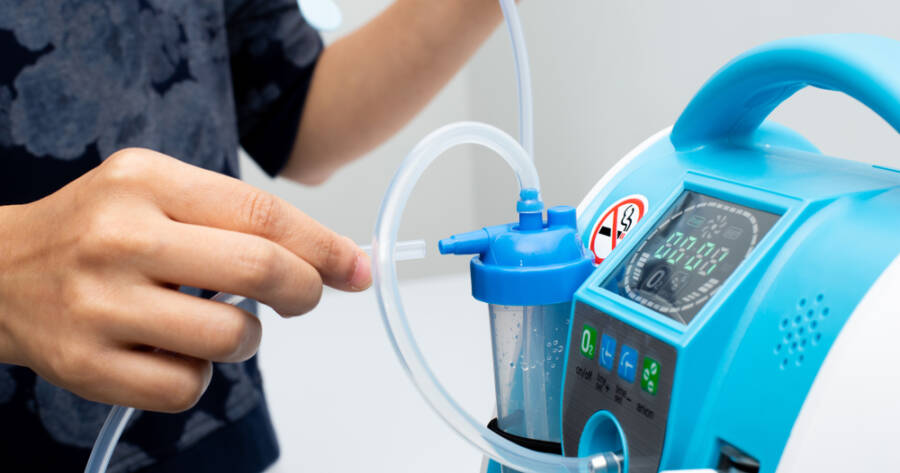For people who need portable oxygen, having the right coverage can make a big difference. Portable oxygen concentrators (POCs) are vital for individuals with respiratory conditions, helping them breathe easier while on the go. However, the cost of these devices can be high, leaving many to wonder if their insurance or Medicare will help cover the expenses. This is how Medicare and other insurance plans can help reduce the cost of portable oxygen.
Understanding Portable Oxygen Concentrators
Portable oxygen concentrators (POCs) are devices that provide oxygen to people with respiratory conditions like COPD, emphysema, or asthma. These machines take in air, filter it, and deliver concentrated oxygen to the patient. POCs are particularly useful because they are lightweight and allow users to stay active.
However, the cost of these devices can be a barrier for many. New portable oxygen concentrators can range from $2,000 to $4,000, depending on the model and features.
Medicare Coverage for Portable Oxygen
Medicare Part B (Medical Insurance) may cover the cost of a portable oxygen concentrator if it is medically necessary. To qualify, a doctor must confirm that you need supplemental oxygen, and the oxygen must be prescribed to treat a specific medical condition. Medicare will typically pay for the rental of the portable oxygen concentrator rather than the purchase.
Medicare typically covers up to 36 months of rental payments for an oxygen concentrator. After the 36 months, Medicare may stop paying for the rental, and the device will belong to you. However, it is important to check with Medicare directly or your supplier to confirm the details of your coverage and ensure you meet all the necessary requirements.
How Insurance Can Help with Costs
In addition to Medicare, many private insurance plans offer coverage for portable oxygen concentrators. The specifics of what is covered depend on the plan, but most private insurers follow a similar structure to Medicare. They may cover the rental of a portable oxygen concentrator, with the patient typically responsible for a portion of the cost.
Some insurance plans may also offer discounts or more comprehensive coverage, so it is a good idea to speak with your insurance provider about what they offer for oxygen devices. It’s important to note that the amount you pay out of pocket can vary based on your plan’s deductible, co-pays, and the overall cost of the device.
The Role of Medigap and Medicare Advantage Plans
If you have additional coverage through a Medigap policy or a Medicare Advantage plan, you may be able to reduce your out-of-pocket costs for a portable oxygen concentrator. Medigap policies can help cover the gaps in Original Medicare, such as co-pays, co-insurance, and deductibles. Depending on the plan, Medigap may help with the cost of renting a portable oxygen concentrator or purchasing one outright.
Medicare Advantage plans often provide additional benefits that Original Medicare does not cover. Some of these plans may offer more flexibility or additional assistance with oxygen costs. It’s important to review the details of your Medigap or Medicare Advantage plan to understand exactly what’s covered.
Other Ways to Save on Portable Oxygen Costs
While Medicare and insurance can provide coverage for a portable oxygen concentrator, there are other ways to reduce your costs. Some oxygen suppliers offer payment plans that allow you to pay for the device over time. Additionally, you may be able to find discount programs or financial assistance through non-profit organizations or your healthcare provider.
GoodRx suggests that you compare prices from different suppliers and check for available discounts. Some online retailers or local suppliers may offer lower prices or provide financing options to make the device more affordable. By doing your homework and exploring all of your options, you can reduce the financial burden of purchasing a portable oxygen concentrator.
Learn More Today!
The cost of portable oxygen concentrators can be significant, but with the right insurance coverage or Medicare assistance, it’s possible to reduce the financial burden. Medicare and private insurance plans may help cover the rental costs, and additional options like Medigap or Medicare Advantage plans may provide further savings.
To ensure that you receive the maximum benefit, it’s important to review your insurance plan, speak with your provider, and explore all available discounts or financing options. Taking the time to fully understand your coverage can make all the difference in managing your oxygen needs without overwhelming costs.

